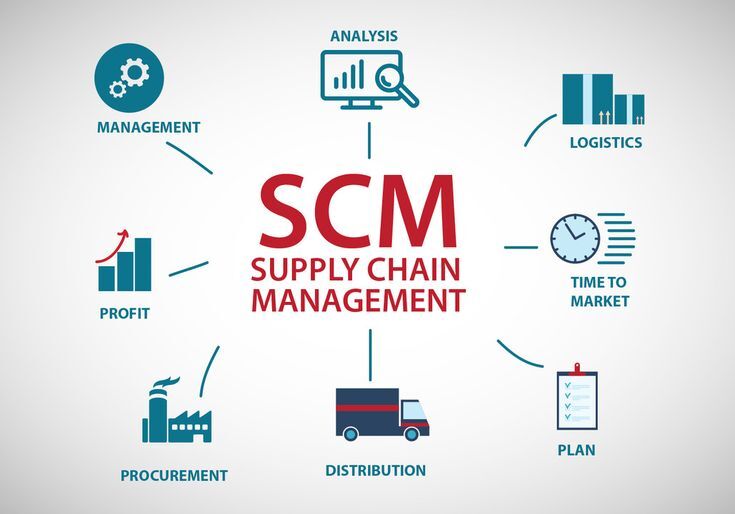
In today’s ever-evolving business landscape, building a sustainable business model is more than just a buzzword; it’s a crucial element for long-term success. Companies that prioritize sustainable practices not only contribute positively to the environment and society but also enhance their brand reputation and financial performance. In this blog post, we’ll explore key strategies for creating a sustainable business model that can help your organization thrive.
Understanding Sustainability in Business
A sustainable business model refers to the ability to operate without depleting resources or causing harm to the environment. This encompasses three main pillars: economic, social, and environmental sustainability. Businesses that focus on these areas are better positioned to adapt to changing market demands and consumer preferences.
1. Adopt Circular Economy Principles
One of the most effective ways to build a sustainable business model is by adopting circular economy principles. This approach focuses on reducing waste by reusing, recycling, and repurposing materials. For example, many companies in the fashion and electronics industries are shifting toward circular production models, where old products are returned, refurbished, and resold or recycled. By minimizing waste and optimizing resource use, companies can significantly lower their environmental impact while creating new revenue streams, strengthening their sustainable business model.
Additional Example: The beauty industry has also embraced this model. Brands are offering refills for products, reducing single-use plastic, and encouraging customers to return packaging for recycling. L’Oréal’s “L’Oréal for the Future” initiative focuses on transitioning to a circular economy by ensuring that by 2030, all plastic packaging will be refillable, recyclable, or compostable—integrating circular economy principles into their sustainable business model.
2. Focus on Energy Efficiency
Energy consumption is a major contributor to a company’s environmental footprint. Implementing energy-efficient solutions not only reduces costs but also helps your organization meet sustainability goals. This can include switching to LED lighting, using energy-efficient appliances, and optimizing heating and cooling systems. Additionally, businesses can invest in renewable energy sources like solar or wind power, which can significantly cut down on greenhouse gas emissions, further supporting a sustainable business model.
Further Ideas: Even small changes like encouraging employees to switch off computers when not in use or reducing reliance on paper can make a big difference. Some companies go even further by conducting energy audits to find and eliminate wasteful practices, showing a commitment to energy conservation and strengthening their overall sustainable business model.
3. Sustainable Supply Chain Management
A sustainable business model doesn’t end with internal operations—it extends throughout the supply chain. Working with suppliers who adhere to sustainable practices, such as ethical sourcing, fair trade, and responsible labor practices, can make a significant impact. Additionally, reducing the environmental impact of shipping and transportation by optimizing logistics and choosing eco-friendly packaging can help lower your carbon footprint.

New Insight: Companies like Unilever have set an example by establishing sustainable sourcing guidelines for suppliers. This commitment to a transparent and responsible supply chain not only ensures that resources are sourced ethically but also helps reduce environmental degradation, further embedding sustainability in their business model.
4. Engage in Corporate Social Responsibility (CSR)
Corporate Social Responsibility (CSR) is no longer optional for a sustainable business model. Businesses that actively engage in CSR activities—whether it’s through charitable donations, community engagement, or environmental initiatives—can boost their brand reputation and foster customer loyalty. Engaging in CSR also aligns with consumer expectations, as more customers are looking to support brands that give back to society.
Pro Tip: Consistency in messaging and actions is key. Consumers are increasingly aware of “greenwashing,” where companies claim to be environmentally friendly without backing it up with real actions. Make sure your CSR efforts are authentic and well-communicated as part of your sustainable business model.
5. Innovate with Sustainable Products and Services
Innovation plays a crucial role in creating a sustainable business model. Companies that invest in research and development for sustainable products or services not only stay ahead of competitors but also contribute to solving global environmental challenges. For instance, companies in the automotive industry are investing heavily in electric vehicles, while food companies are exploring plant-based alternatives to reduce carbon emissions from meat production.
Expansion: Companies like Tesla have reshaped industries by focusing on sustainability at the core of their innovation. By creating products that are both desirable and eco-friendly, they have proven that a sustainable business model can drive both technological progress and profitability.
6. Foster Innovation
Encourage innovation within your organization to develop new sustainable products and services. Create an environment where employees feel empowered to share ideas and propose solutions that align with your sustainability goals. Consider launching sustainability-focused initiatives or competitions to inspire creativity and innovation, all aimed at enhancing your sustainable business model.
Conclusion
Building a sustainable business model isn’t just good for the planet—it’s good for business. Building a sustainable business model is not just an ethical choice; it’s a smart business strategy. By adopting practices like circular economy principles, improving energy efficiency, ensuring sustainable supply chains, engaging in CSR, and driving innovation in sustainable products, your organization can position itself for long-term success. A sustainable business model is not only a competitive advantage in today’s market but a necessary step for future growth.







